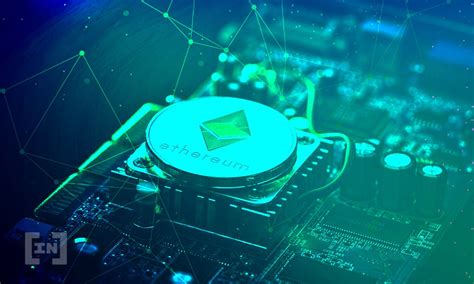Do you understand Ethereum extraction with two computers: Separation of portfolio addresses
In terms of Ethereum extraction, two computers working together are often used to validate transactions and create new blocks. In this article, we will explore if you should use separate wallet addresses during two computers.
The first transaction in a block: Portfolio address
In Ethereum, each block contains one or more transactions, and the first transaction in a block is the « first transaction » in the sense that it is the most important. This first transaction is designed to validate the sender of the previous transaction and to ensure that the new transaction is legitimate.
The address of the portfolio associated with this first transaction is called « Merkle root ». The Merkle root is a cryptographic hash of all the block transactions, which helps to check that they are valid. When you receive a transaction from someone else’s portfolio, you can use your own portfolio address to validate that the transaction is correct.
Two computers that work together: Separation of portfolio addresses
Now consider two computers working together to exploit the Ethereum blocks. In this scenario, each computer will be responsible for validating another transaction block.
When operating operations with two computers, it may seem that you will need separate wallet addresses to be used when you receive the first transaction in this block. However, there is an important consideration here:
Merkle root is always associated with the two computers !
In other words, even if you have two different computer wallets, you can always use the same Merkle root to validate transactions in multiple blocks.
Here are some reasons why:
- Centralized portfolio : You will always use a centralized portfolio for all your Ethereum accounts.
- The same transaction hash
: The first transaction in each block will always have the same cryptographic hash, which is used as Merkle root.
- Validation of the block

: The two computers will validate the transactions in the same block using the appropriate wallets.
Separate wallets: No required
Although it may seem counter-intuitive, you do not have to use separate wallet addresses during two computers. The reason is that each computer will have its own copy of all the transactions in the block, including the first.
If you receive a transaction from another user’s portfolio, then use the same portfolio address for your own transactions, you would essentially use the same Merkle root. This could lead to potential inconsistencies and security problems.
To avoid this problem, in general, it is advisable to create two separate portfolios: one for your mining activities and one to receive ETER (ETH). This ensures that each portfolio has its own set of transactions and keys, which helps maintain decentralization and prevents any unique failure.
Conclusion
In conclusion, during the exploitation with two computers, you do not necessarily need separate wallet addresses to use them. The Merkle root is always associated with the two computers, and receiving a transaction from the portfolio of another user will lead to the validation of the same first transaction by the two computers. Instead, create separate portfolios for your mining activities and receiving ether (ETH) to ensure decentralization and prevent any potential security problem.
I hope this explanation has helped clarify things!